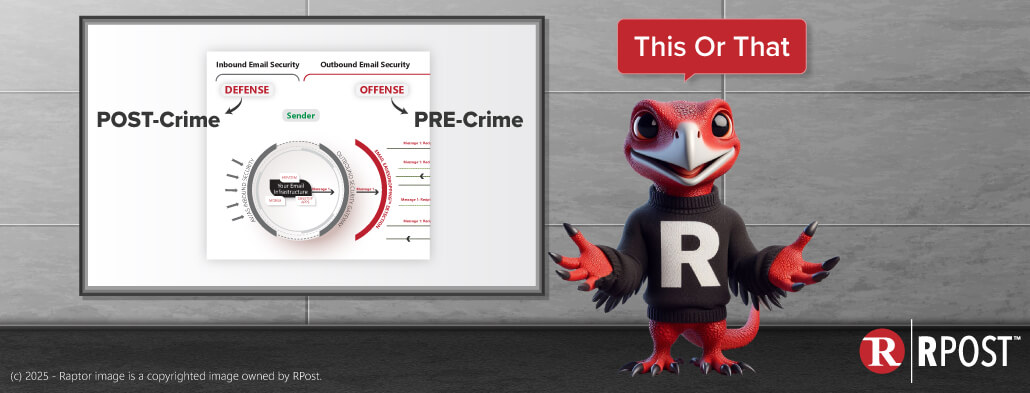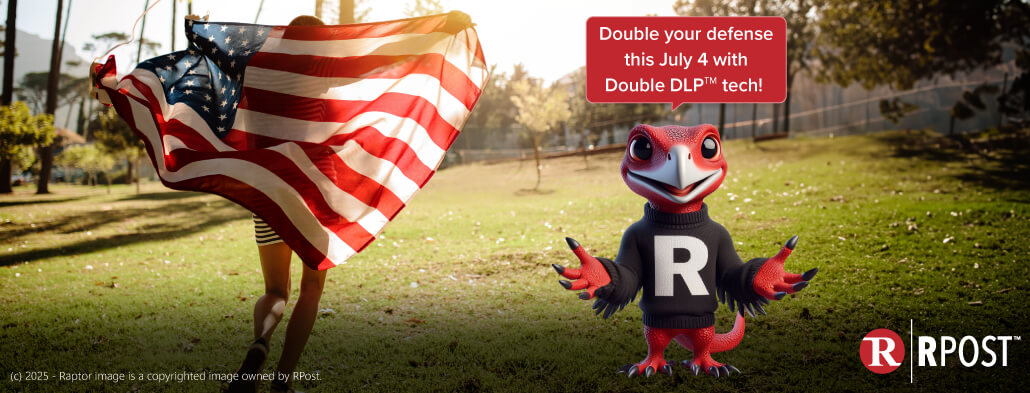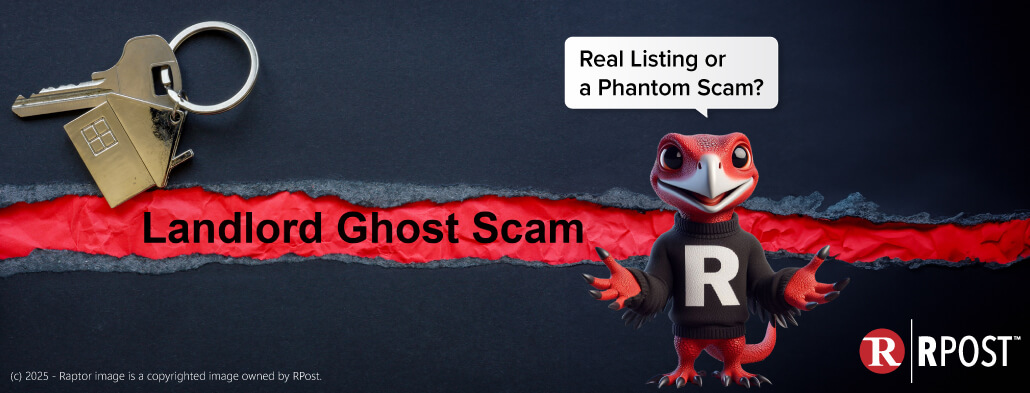
October is here if you can believe it. So take a break from raking leaves, putting up Halloween decorations, and watching those pennant races. Time to curl up with a pumpkin spice latte during one of these cool autumn nights with the latest Tech Essentials.
Now what does the preceding paragraph and RSign have in common? They are both packed—the paragraph with autumnal cliches and RSign with amazing features.
We’re continuing our focus on the key considerations and features one needs to know of when choosing the best electronic signature software. Our article last week highlighted the importance of sender ease and the ability to get the most out of templates so you can easily reuse prior set up efforts. This week we’re going to get a little more blissed out, so lay out those fall-colored yoga mats and cue up those breathing exercises. Here are a couple more of the most important eSignature considerations and features.
Signer-bliss: Of course, sender ease and reusing past set-up work saved as templates adds utility if they result in an easy (and guided) eSign process–whether the sender is working on a desktop computer, laptop, tablet or mobile phone (think RSign guided signing experience). And, if the signer only sees fields that are appropriate based on how they completed prior fields (think RSign dependencies), even better.
We’ve talked in the past about achieving eSign bliss, but the benefits of setting your mind at ease by taking what used to be a stress-inducing and cumbersome process and making it simple (perhaps even fun?) has true mental and physical health benefits.
Privacy & Compliance: When people eSign, there are a slew of scenarios where they may need to keep content and documents private – whether private from cybersleuths (think RSign access code and advanced access roles), private for compliance (think RSign data masking and data purge rules), or private for personal reasons (think RSign private mode). Each of these may be important on a sender, workflow, or document-by-document basis.
Regardless of the scenario, knowing that your documents will be seen ONLY by the intended recipients adds another layer of peace-of-mind for senders and recipients alike. You really can’t put a price on the feeling you get when you know that that HR file, medical record, invoice or highly confidential note will never fall into the wrong hands and be used against you for some reason. Even if it means keeping that personal eSign you did on company time (well, maybe at home and who knows whose time it was?) private from others in your company (think RSign private mode, for personal reasons).
Learn These:
How to Create an Electronic Signature
How to electronically sign a word document
Here’s a real-world use case: Erin Beals, Operations Manager at Andres O’Neil & Lowe Agency, recently spoke to how RSign has made her life so much easier: “The simplicity of RSign, from both our end and the client end, was incredibly important…RSign works very easy with Applied Epic. We just drop and drag the received documents into Epic. It’s one click, and it’s there, and we haven’t had any issues.” (Click here to listen to her 3-minute discussion at Optimize!2021).
Of course, please let us know if we can help you select (or re-select) a top eSign service provider like RSign. Or, you can even schedule an RSign personalized tour or demo yourself.

July 18, 2025

July 11, 2025

July 04, 2025

June 27, 2025

June 18, 2025